A9G IOT Development Board
The A9G IOT development board is a versatile tool built around EMC’s A9G GPRS/GSM GPS/BDS module. It allows you to test the basic communication and peripheral capabilities of the A9G module, including phone/SMS functions, GPRS networking, and dual-mode positioning with GPS/BDS. In addition to these features, the board also includes management for lithium battery charging, microphone and speaker interfaces, USB communication, user keys/LEDs, TF card slot, acceleration sensor, SPI interface, I2C2 interface, and ADC interface. This makes it possible to develop various functionalities using this single board. The added bonus of a camera expansion board enables connection to a 30W/200W external camera. Notably, it also supports traditional slot machine functions.
The A9G IOT development board has multiple uses for peripheral prototype development and verification. These include remote monitoring intercom with GSM, microphone and speakers, as well as a remote monitoring camera using the GPRS TF camera extension board. It can also be utilized for a wechat payment slot machine with slot machine function. Furthermore, it can serve as an automobile theft device with GPRS GPS and accelerometer, a 1.54 inch capacitive touch screen smart watch with GPRS/ GSM GPS, a heart rate oxygen sensor, and a 1.54 inch capacitive touch screen elderly watch with GPRS/ GSM GPS. With its onboard capabilities, the A9G can also support custom devices based on Lua machine programming.
Characteristics of A9G IOT development board:
- Provides assistance for both voice calls and text messaging.
- A9G IOT development board is compatible with GSM/GPRS frequencies in the bands of 850, 900, 1800, and 1900 MHz.
- A9G IOT development board enables GPRS data service with a maximum download speed of 85.6 Kbps and an upload rate of 42.8 Kbps.
- This device is compatible with GSM07.07, 07.05 AT commands, as well as Ai-Thinker explosion command.
- This product offers 3 serial ports, including one for downloading and another for AT command usage.
- The connection between the two individuals was evident in their constant communication and frequent meetings.
- When debugging, make sure to connect the USB-TTL using 4 wires: VUSB-5V, GND-GND, AT_TX-RX, and AT_RX-TX.
- Initially, use a USB connection for the power supply. Following that, connect three additional lines: GND-GND, AT_TX-RX, and AT_RX-TX.
- The lithium battery provides power to VBAT, which ranges from 3.3 to 4.2 volts. GND serves as the ground, while AT_TX and AT_RX are connected to the transmit and receive pins respectively. To supply power through VBAT, the power_key button must be pressed for approximately 2 seconds.
- Turn on the power.
- The A9G IOT development board has the flexibility to be powered by either a USB connection or a lithium battery.
- No operation is necessary within 1-2 seconds of being powered.
- To reset, kindly press the Rst_Key button.
- The module automatically enters AT command mode.


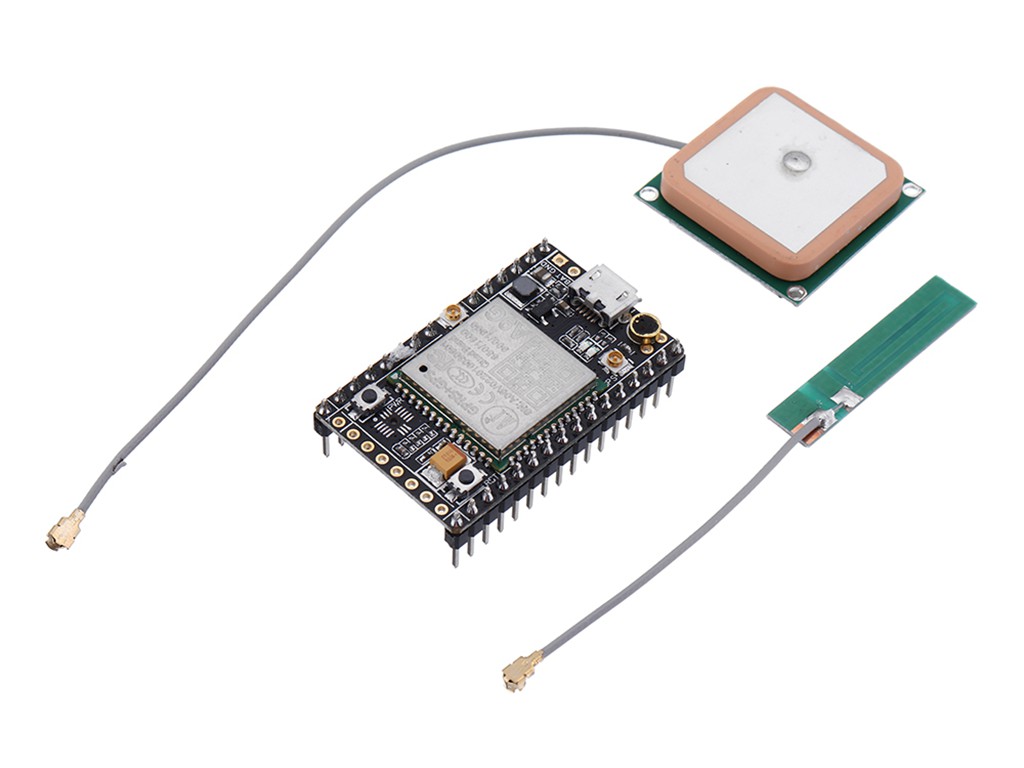
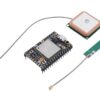
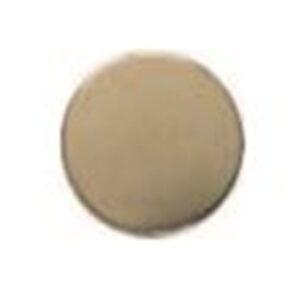
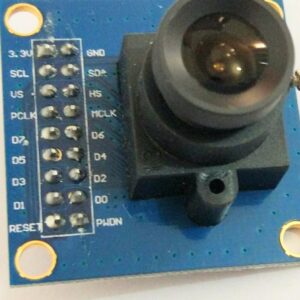
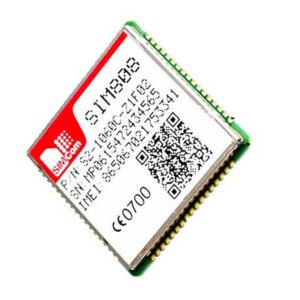
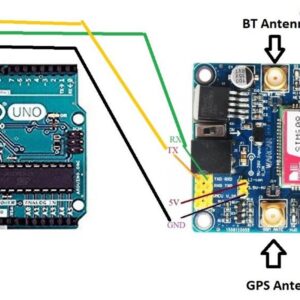
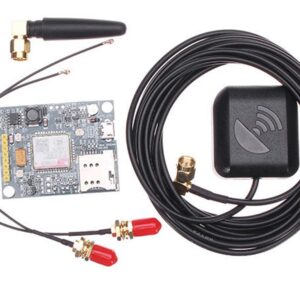
There are no reviews yet.